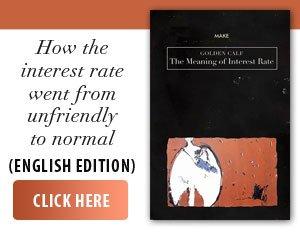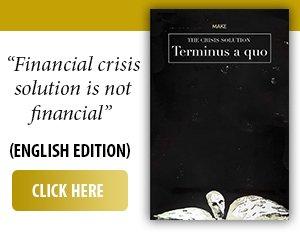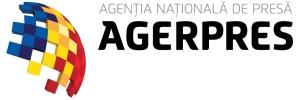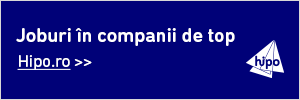The European single currency is on track for its biggest gain since 2017 and the upward trend is set to continue, Wall Street banks predict, as global investors hedge their exposure to the US dollar, suggesting the euro could soon hit $1.20, according to a Financial Times (FT) analysis.
The euro has appreciated more than 12% against the dollar this year on a mix of renewed optimism about eurozone growth and concerns about US President Donald Trump's agenda, which has created what European Central Bank (ECB) chief Christine Lagarde has called a "global euro moment.” The single European currency hit a four-year high of more than $1.19 in September.
Major investment banks including Goldman Sachs, JPMorgan and UBS expect the euro, which is currently down slightly at $1.17, to break above $1.20 in the coming months as the US Federal Reserve continues to cut interest rates, eroding some of the benefits of holding dollar assets.
A significant factor in the euro's rise has been investors' rush to hedge their dollar exposure through contracts that are essentially bets on the euro.
"We've only seen the tip of the iceberg of global investors hedging their dollar exposure,” said Peter Schaffrik, global macro strategist at RBC Capital Markets, quoted by the FT. "That's why the dollar is weakening, and there's a lot more to come.”
• Goldman Sachs: Euro to $1.25 in 12 months
In particular, large pension funds in some countries are raising their dollar hedging levels from low levels, analysts note. Goldman Sachs expects the euro to hit $1.25 in the next 12 months. JPMorgan expects the single currency to hit $1.22 by March 2026, and UBS Investment Bank expects $1.23 before the end of this year.
On average, investment bank analysts expect the single currency to break above $1.20 in the third quarter of next year, according to Bloomberg. That would hurt the region's exporters and also test the ECB's comfort with the currency's appreciation.
The cost of hedging dollar exposure for European investors is linked to U.S. interest rates, which are expected to fall next year, closing some of the gap with the ECB's policy rate. Currency experts expect this to fuel a new surge in hedging against the dollar.
"As the interest rate differential closes, hedging becomes potentially easier to implement,” says Jackie Bowie, director for Europe, the Middle East and Africa at consultancy Chatham Financial.
• European exporters sound the alarm
European exporters have already sounded the alarm about the impact of a strong euro on their profits and have warned that a prolonged rise would hurt them more.
A breach of the $1.20/euro threshold would also raise questions for the ECB - whether it should accept a rate cut, given the potential for downward pressure on inflation from the euro's rise.
The $1.20 level was still "a limit” for ECB policymakers, said Tomasz Wieladek, chief European macroeconomic strategist at T Rowe Price.
Luis de Guindos, coordinator of the ECB's interest rate-setting body, said in July that an exchange rate above that level would be "much more complicated.” But Dominic Bunning, head of G10 currency strategy at Nomura, said a slow appreciation of the exchange rate would be less of a concern for policymakers, given that it could help offset inflationary pressures stemming from a surge in demand in the economy.
A bigger concern would be "if the euro were to appreciate rapidly at a time when domestic demand is weakening and therefore the appreciation of the currency would exacerbate disinflationary trends,” Bunning added.
Some banks, however, take a different view. Citibank expects the euro to hit $1.10 in the next six to 12 months, "on signs of a potential re-acceleration in the U.S.”
In the longer term, others point to broader diversification away from dollar assets as a boost for the euro. Central banks plan to increase their euro allocations over the next two years, according to a survey published in June by the OMFIF think tank.
"The euro's appreciation is a structural story, as reserve currency managers start to withdraw from the US and the Fed cuts interest rates,” Wieladek concludes.
























































